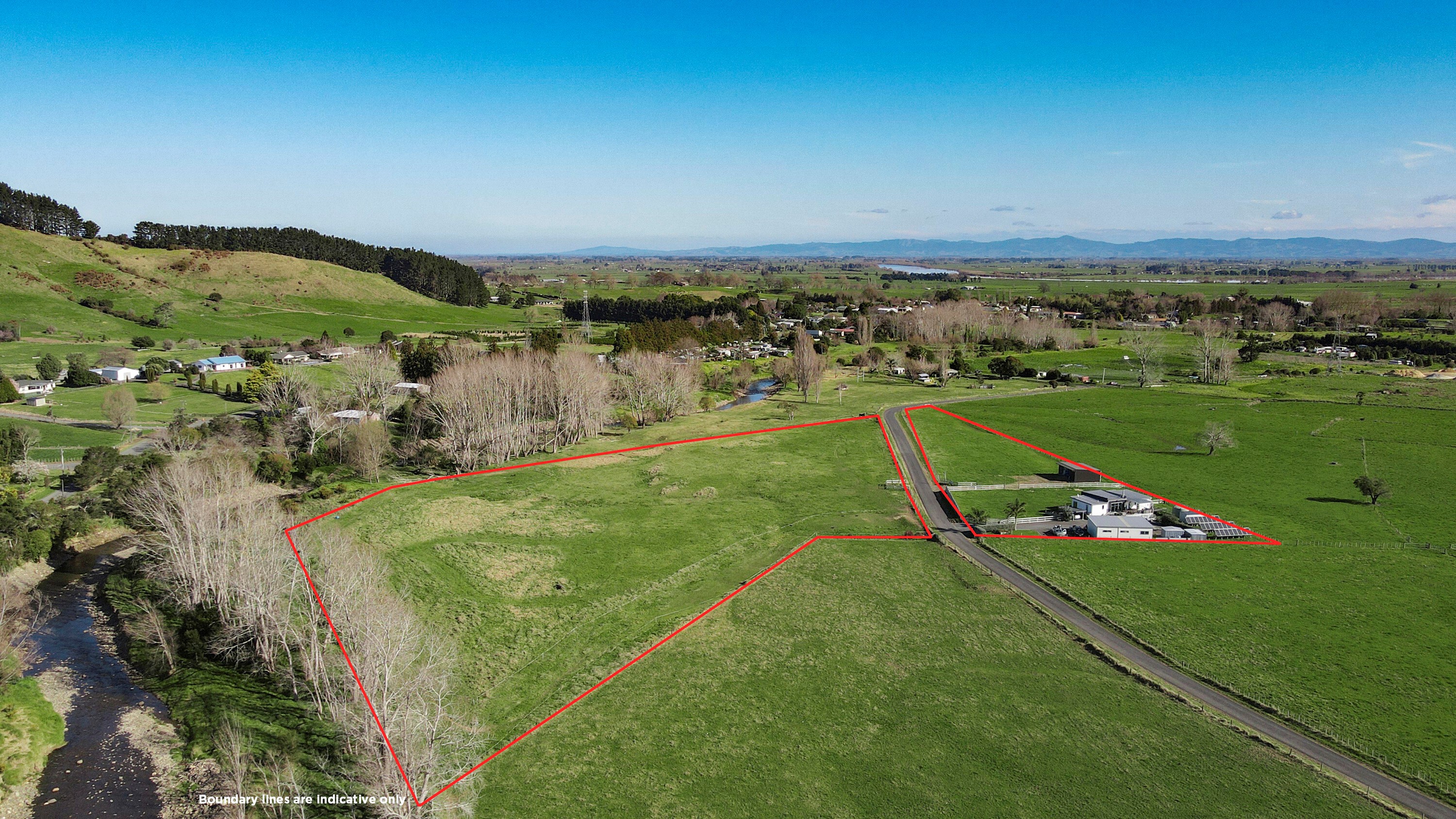1. The rate cutting cycle may be drawing to a close
The big news this week will no doubt be the Reserve Bank’s decision on the Official Cash Rate (OCR), to come on Wednesday at 2pm. The most likely outcome is a cut of 0.25%, taking the rate to 3.5%. The decision will be accompanied by the shorter Monetary Policy Review, rather than the full Monetary Policy Statement, which comes with detailed analysis and forecasts and is next on May 28. That means there may not be too many clear signals about what happens next.
But analysts will still pore over every word, with the current consensus expecting another 0.25% OCR cut next time around, before the path then becomes a lot more dependent on how the economic data actually moves. Indeed, in the current world of tariff-related uncertainty and possible upwards pressure on inflation, our OCR could easily stop falling after May’s meeting. Some tricky decisions loom for many borrowers about if/when they might want to start fixing longer again.
Last week, the Trump White House imposed a 10% tariff on New Zealand goods, but given New Zealand is a small trading nation, the impact may not necessarily be inflationary. Tariffs tend to be negative for our GDP, and other countries may divert some products to New Zealand instead of the US. There’s still so much uncertainty, with other countries facing more punishing tariffs than New Zealand. The best we can do is wait and see. However, even if we put aside the risk of rising inflation, tariffs and threatened trade wars add to the sense that New Zealand’s economic recovery will be subdued.
Start your property search
2. The emerging upturn is getting clearer
Darker clouds have returned just as the housing market started to find its feet again. CoreLogic house price figures for March showed a 0.5% rise in national values, following February’s 0.4% lift and a flat result for January. Dunedin edged slightly lower in March (-0.1%) and Tauranga was flat, but Wellington rose by 0.3%, Auckland by 0.6%, Christchurch 0.8%, and Hamilton 0.9%. In both of those latter two areas, March’s rise was the sixth in a row (totalling around 3%).

CoreLogic chief economist Kelvin Davidson: "Some tricky decisions loom for many borrowers about if/when they might want to start fixing longer again." Photo / Peter Meecham
It’s pretty clear that lower mortgage rates are having the upward effect on house prices that was always likely. But it’s not all one-way traffic for sellers just yet, given that listings remain abundant, the economy isn’t firing, and debt-to-income ratio caps are (anecdotally) reported to be starting to impact some would-be borrowers.
All up, I’m still pencilling in a 5% rise in national values this calendar year, which would be modest compared to previous upturns. Some might be disappointed with that possible outcome, but as a country, we don’t get materially wealthier by trading houses amongst ourselves (a capital gain for the seller is simply more to be paid by the buyer), and a flatter period for values would no doubt be welcomed by many others.
3. Loan terms to start lengthening?
Today we’ll get the latest figures on the loan terms, and it could be fascinating – at least for stats addicts. In January, most new borrowers were still focused on either floating rates or fixed terms of up to 12 months. But with some appealing rates below 5% coming out in February for 2-3 year fixes, I wouldn’t be surprised if the data showed more borrowers were starting to shift out longer again.
4. Businesses feeling positive
Just a quick update on business confidence, ANZ’s latest survey showed a solid level of sentiment in March, which bodes well for the economy and labour market. But input cost and output price pressures also seem to be just building up a little; one to watch closely.
5. Dwelling consents still seem to have bottomed out
And to finish off for this week, Stats NZ reported that the number of new dwellings consented in February (around 2580) was down by 8% from the same month in 2024. At face value, that doesn’t look good. But January’s number was up by 11%, so I suspect that there’s just a bit of monthly variability here or ‘payback’ for a previous strong rise, rather than renewed weakness in February. Indeed, the smoothed 12-month running total remains firmly in the range of 33,500-34,000, so there’s nothing here to change the broad conclusion that dwelling consents have stabilised, at a higher level than in the past.
- Kelvin Davidson is chief economist at property insights firm CoreLogic

















































































